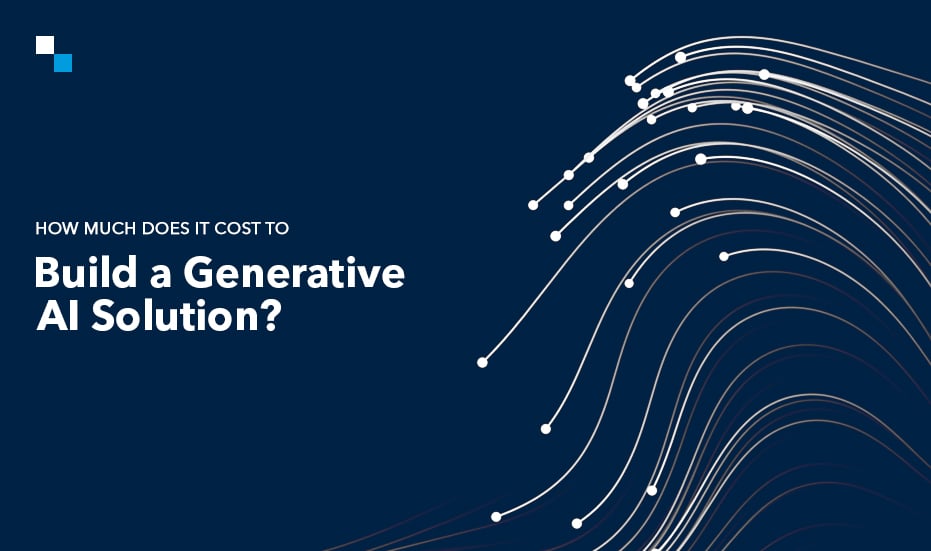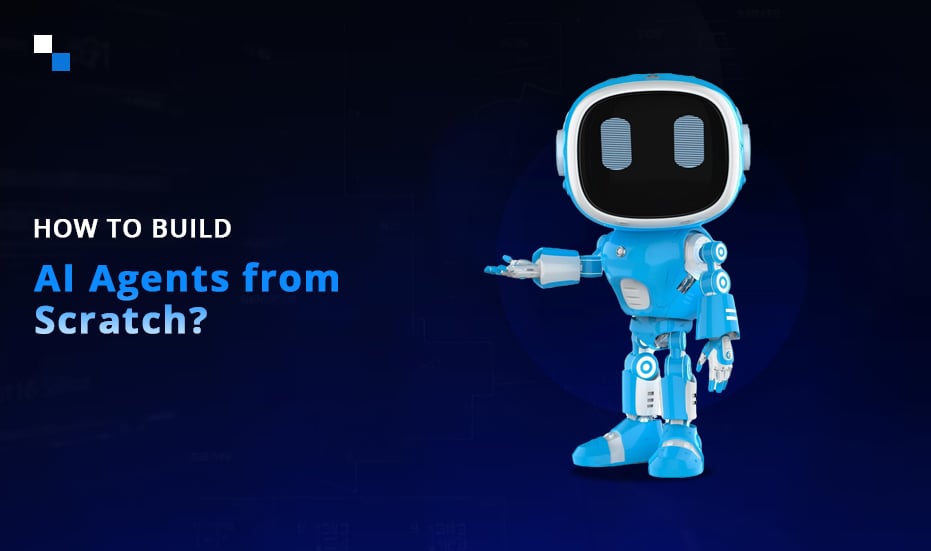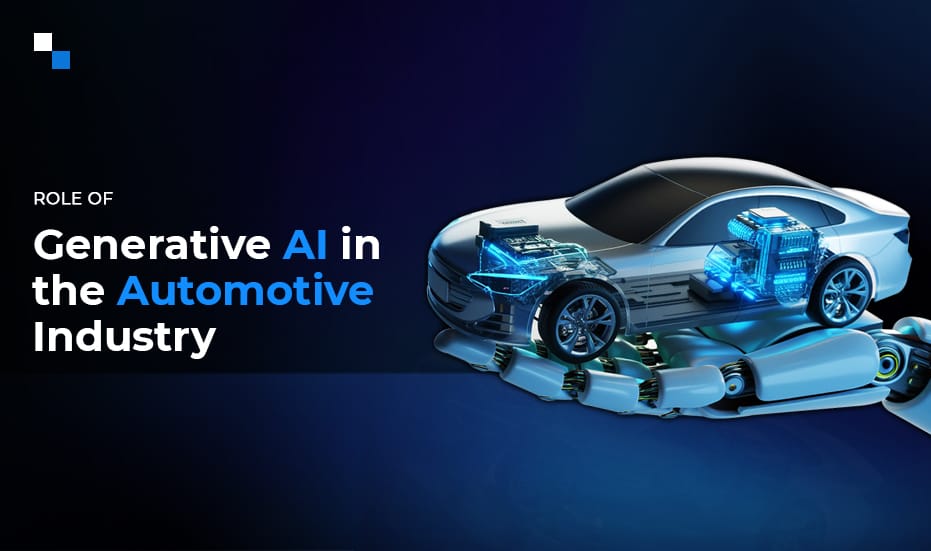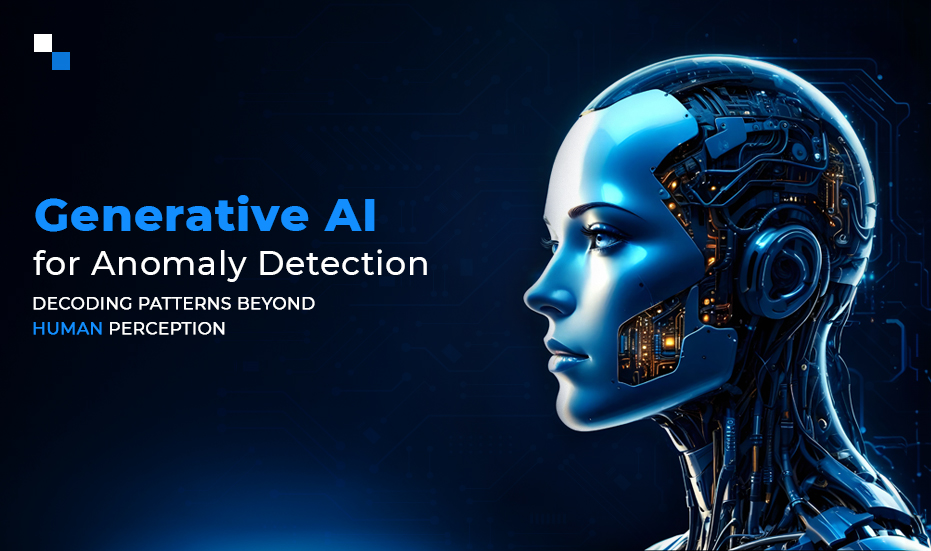
Exchange App Development on the TON Blockchain: Your 2024 Roadmap
August 12, 2024
5 Key Projects to Watch for Chain Abstraction in 2024
August 13, 2024As businesses increasingly turn to generative AI to drive innovation and streamline operations, the demand for generative AI solutions has skyrocketed. Companies across the globe are keen to harness the power of generative AI for tasks ranging from content creation to predictive analytics. However, some critical question arises:
- How much does it cost to build a generative AI solution?
- Should you hire a generative AI development company or a freelancer?
This decision to create a GenAI solution in-house or outsource its development not only impacts the overall GenAI cost but also influences project timelines, quality, and long-term scalability. This blog sheds light on the cost structure of GenAI solutions and the benefits of choosing a generative AI development company over freelancers.
Cost Structure of Generative AI Solutions
When estimating the cost of developing a generative AI solution, it’s essential to consider the following key components to collectively determine the overall investment:
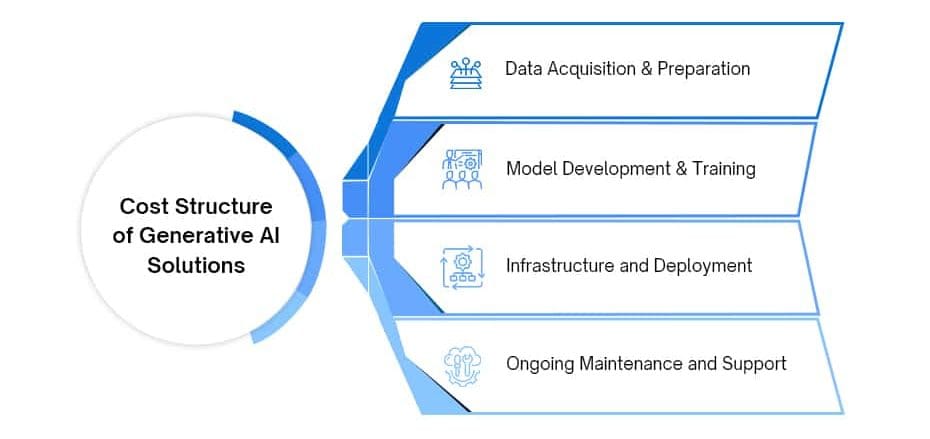
-
Data Acquisition & Preparation
The quality and quantity of data directly impact the performance and accuracy of the AI solution. The cost of data acquisition can vary widely depending on the industry, data type, and sourcing method.
Businesses may need to purchase third-party datasets, conduct data scraping, or invest in internal data collection processes. Additionally, data preparation, including cleaning, labeling, and preprocessing, is a time-consuming and resource-intensive task that contributes to the overall GenAI cost.
-
Model Development & Training
The core of any generative AI solution lies in the model development and training phase. This process involves selecting the appropriate algorithms, designing the model architecture, and training the model on the prepared data. The complexity of the model, the computational resources required, and the expertise of the AI development team all play a significant role in determining the generative AI development cost.
Training large-scale generative models often require specialized hardware, such as GPUs or TPUs, and can incur significant cloud computing expenses. Additionally, the time taken to train the model, including iterations and fine-tuning, can extend the project timeline and cost.
-
Infrastructure and Deployment
Once the model is trained, it needs to be deployed within the business’s infrastructure or on a cloud platform. The cost of infrastructure can vary depending on whether the deployment is on-premises or in the cloud. Cloud-based solutions typically offer scalability and flexibility, but they come with ongoing operational costs.
Businesses also need to consider the costs associated with integrating the generative AI solution into existing systems, as well as any necessary security measures to protect sensitive data and ensure compliance with regulations.
-
Ongoing Maintenance and Support
The generative AI solution cost does not end with deployment. Ongoing maintenance is crucial to ensure the model continues to perform optimally. This includes regular updates, retraining the model with new data, monitoring performance, and troubleshooting any issues that arise.
Businesses may also need to budget for support services, particularly if they lack in-house AI expertise. This can include hiring external consultants or contracting with AI service providers for continuous support.
Factors That Influence Generative AI Development Cost
The following factors can influence the overall generative AI pricing:
- Complexity of the Solution: More complex solutions that require advanced algorithms or custom features will naturally cost more to develop.
- Industry Requirements: Different industries have varying levels of complexity and regulatory requirements, which can impact the overall cost.
- Development Team Expertise: The experience and expertise of the AI development team play a crucial role in the efficiency and success of the project, influencing costs.
- Geographical Location: The location of the development team can also affect costs, with developers in different regions commanding different rates.

Why Does a Generative AI Development Company Offer Greater Accountability Than Freelancers?
While freelancers may offer lower initial costs, the long-term benefits of partnering with a professional AI development company are far more substantial, particularly when it comes to accountability. Here are some benefits of choosing a generative AI development company over a freelancer:
-
Structured Project Management
A generative AI development company operates with established processes and a structured project management framework. Companies typically have dedicated project managers who serve as your point of contact, keeping you informed about the project’s progress, milestones, and any potential issues.
In contrast, freelancers often juggle multiple projects simultaneously, which can lead to communication lapses and delays. Without a structured approach, projects handled by freelancers may suffer from unclear timelines, inconsistent updates, and a lack of transparency.
Moreover, the absence of a formalized project management process can result in miscommunication, missed deadlines, and ultimately, higher gen AI app development costs due to rework or project overruns.
-
Team-Based Expertise
A reputed generative AI development company involves multidisciplinary teams of GenAI experts that include data scientists, machine learning engineers, software developers, UX/UI designers, and quality assurance professionals. This collaborative approach ensures that your generative AI solution is developed with a holistic view.
Freelancers, on the other hand, work independently and may lack the diverse skill sets required for a comprehensive AI project. Even if a freelancer possesses strong technical expertise, they might not have the bandwidth to manage all aspects of the project, leading to gaps in the development process.
-
Scalability
Companies have the resources to scale up or down based on the project’s needs, whether it’s adding more data scientists for model refinement or deploying additional developers for faster iteration. This flexibility ensures that your project progresses smoothly, even as requirements evolve.
Freelancers, however, have limited capacity. If your project requires additional resources or a quick turnaround, a freelancer may struggle to meet these demands, potentially leading to delays or compromised quality. The inability to scale efficiently can also impact the generative AI pricing structure, as extended timelines and additional resources may drive up the gen AI app development cost.
-
Higher Accountability
When you engage a generative AI development company, the partnership is typically governed by formal contracts and service-level agreements. These documents outline the scope of work, deliverables, timelines, and performance metrics which holds the company accountable for meeting agreed-upon standards.
Freelancers may offer contracts, but they are generally less formal and may not include the same level of detail or enforceability as those provided by a company. Without a robust contractual framework, businesses may find it challenging to hold freelancers accountable for missed deadlines, subpar work, or project deviations. This lack of accountability can lead to increased generative AI solution costs.
-
Quality Assurance
Quality assurance is a critical component of any generative AI project, and development companies invest heavily in this area. Companies have dedicated QA teams that rigorously test the AI models, algorithms, and software to identify and fix any issues before deployment.
Freelancers may not have the resources or expertise to conduct extensive testing which increases the likelihood of deploying an AI solution with bugs or performance issues. This can result in costly rework and damage to your business’s reputation, further escalating the generative AI development cost.
Conclusion
By carefully considering the factors outlined above and implementing cost-optimization strategies, businesses can ensure they achieve the best possible return on their generative AI investment. In today’s competitive business environment, where AI-driven innovation is a key differentiator, the decision to invest in a generative AI development company can be a strategic move that positions your business for long-term success. By choosing a reputable generative AI development company like Antier, businesses can ensure greater accountability, lower risk, and a higher return on investment.
